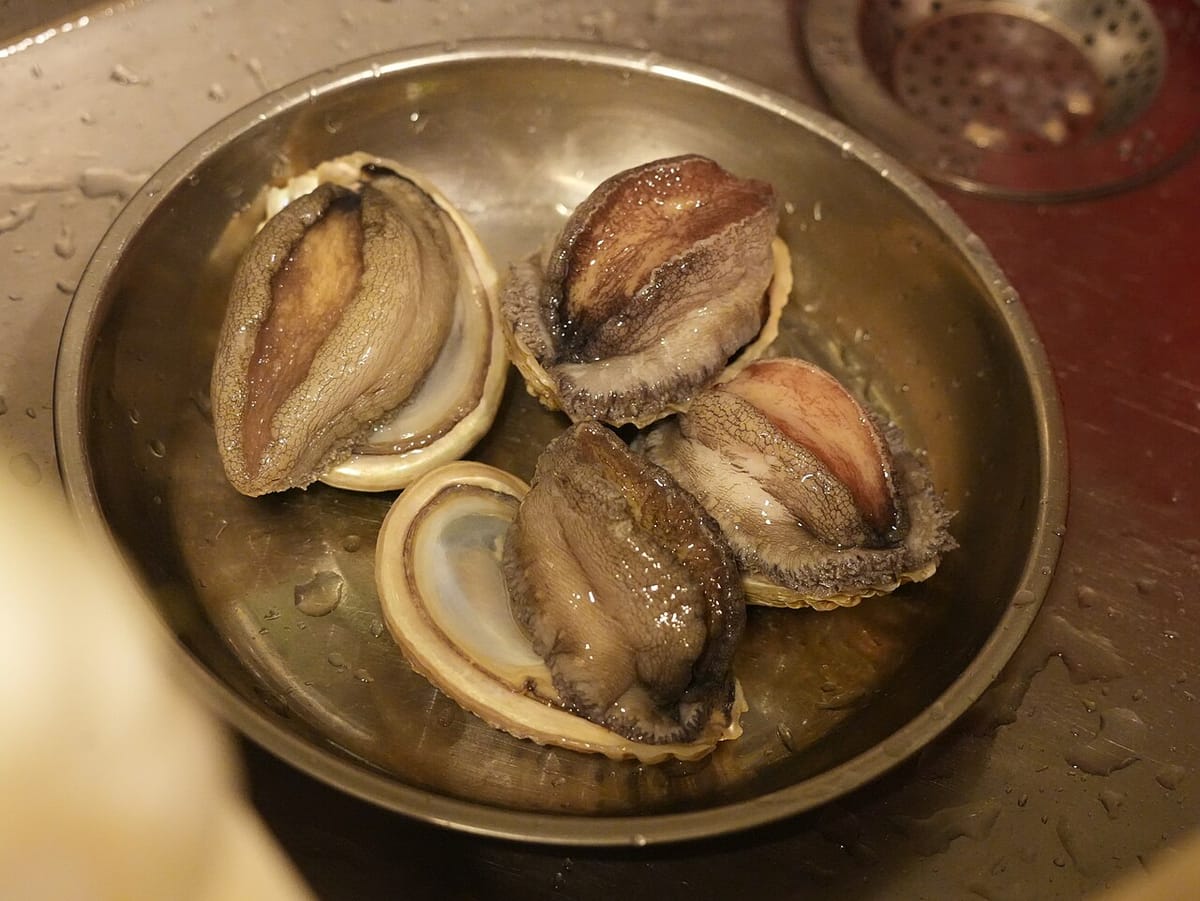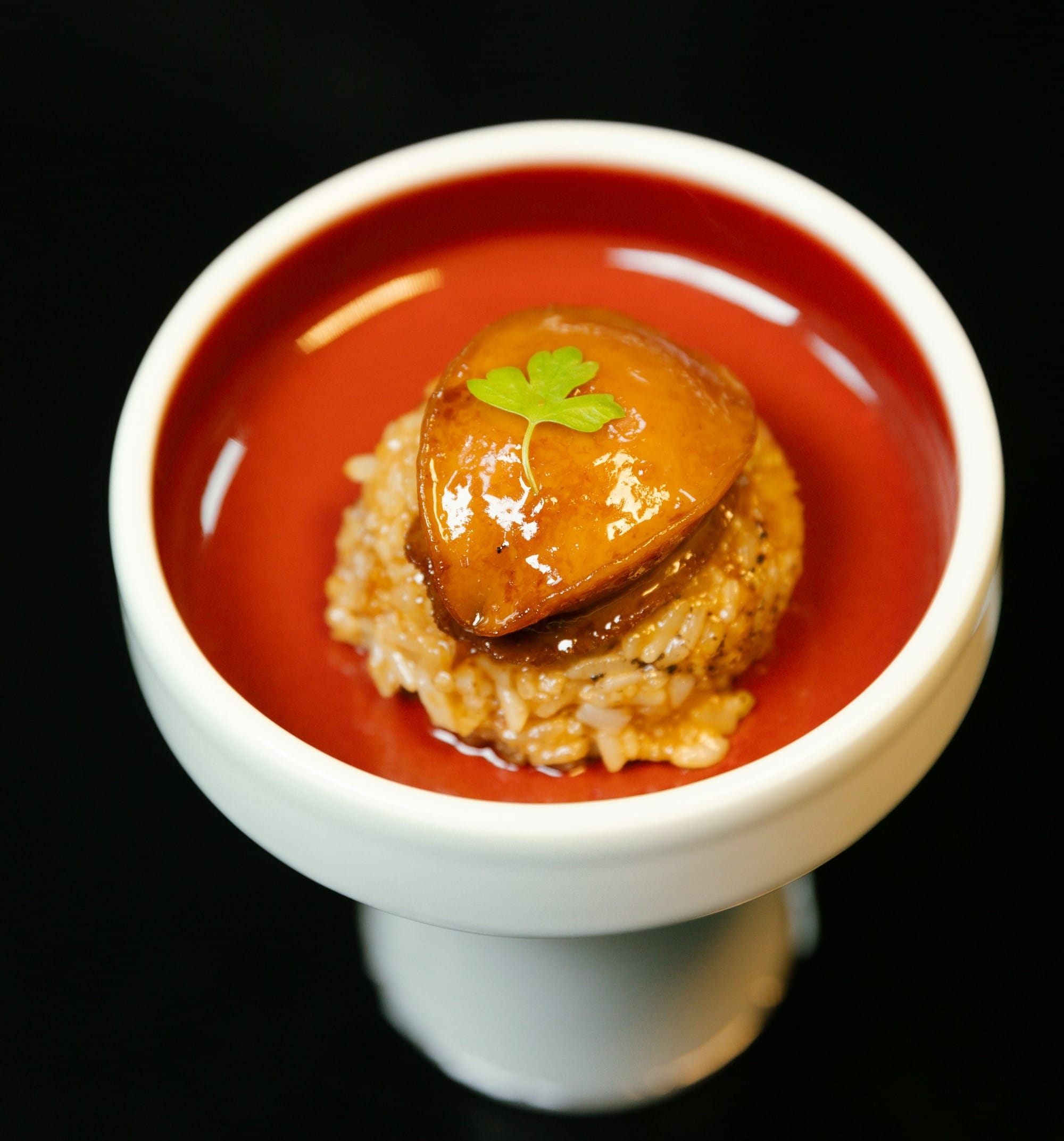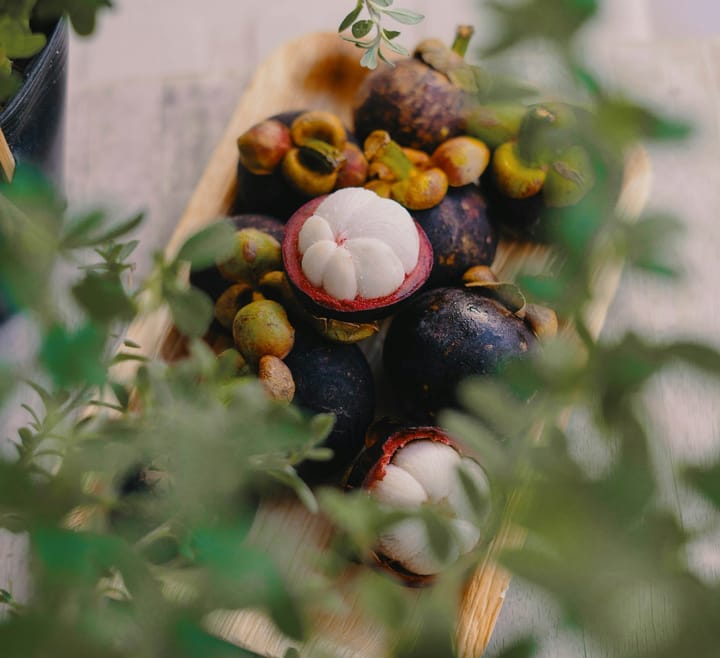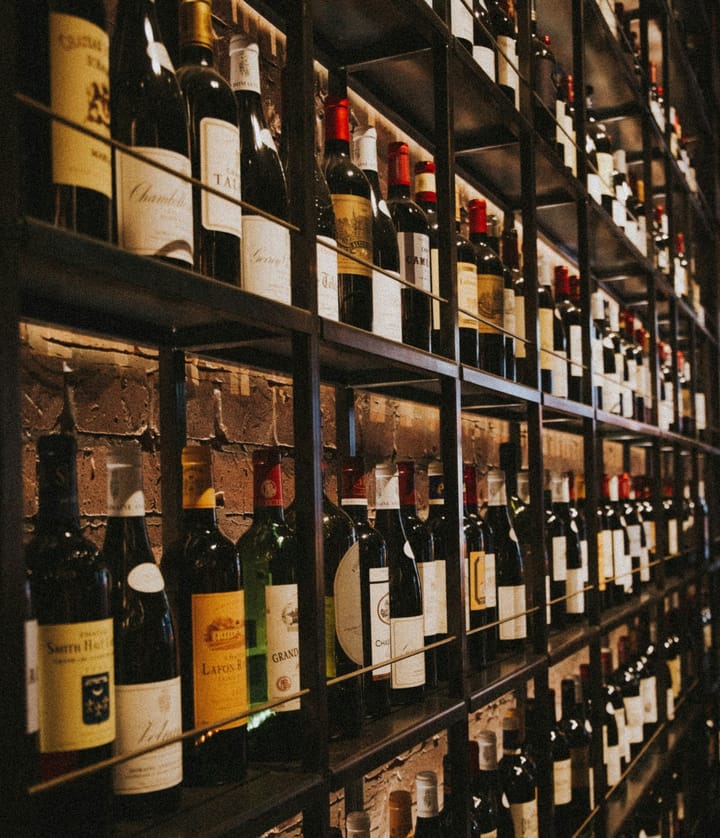Understanding Dried vs Fresh Abalone
Dried abalone delivers intense umami complexity after extensive processing, while fresh offers delicate oceanic sweetness with minimal preparation. These two forms represent culinary opposites, differing dramatically in texture, flavor profile, cooking methods and cost.

What Is Abalone?
Abalone is a single-shelled marine mollusk (family Haliotidae, genus Haliotis) characterized by its distinctive ear-shaped shell with respiratory pores along one edge.
These creatures attach firmly to rocky surfaces in coastal waters worldwide using their powerful muscular foot—which is the edible portion we consume.
The abalone's shell interior displays a prized iridescent mother-of-pearl surface that shifts between silver, pink, green, and blue hues, making them valued decorative items.
The exceptional strength of the foot muscle, developed to withstand powerful ocean currents, creates abalone's unique firm texture that distinguishes it from other seafood.
As herbivores feeding primarily on seaweed and algae, abalone come in roughly 100 species globally, though only about 12 are commercially harvested.
The most valued culinary abalone varieties include North American red abalone, black abalone, green abalone, and Japanese Ezo abalone.
Archaeological evidence shows abalone has been an important food source for coastal peoples for millennia, with the shells also serving as materials for jewelry, tools, and ceremonial objects across multiple cultures.
The Nature of Abalone
Before examining the differences between dried and fresh forms, it's worth understanding what makes abalone special in culinary terms.
These mollusks thrive in cold waters around the world, from the Pacific coasts of California and Mexico to the shores of Australia, New Zealand, South Africa, and throughout East Asia.
The meat's unique combination of firmness and tenderness, along with its subtle sweetness, has made it highly sought after in many culinary traditions.
Wild abalone populations have declined significantly due to overharvesting, leading to strict regulations and the development of abalone farming.
This scarcity has only enhanced abalone's prestige and value in culinary traditions, particularly in Chinese, Japanese, and Korean cuisines where it symbolizes prosperity and good fortune.
Texture: A Transformation Through Drying
Fresh abalone offers a firm yet tender texture that many compare to a cross between calamari and scallop.
When properly prepared, it yields slightly to the bite with a pleasant chewiness that seafood lovers prize.
The fresh variety maintains a natural moisture content that gives it a succulent quality.
Dried abalone undergoes a remarkable transformation. Through the drying process, which can take days of careful attention, the protein structures concentrate and realign.
When rehydrated and properly cooked, dried abalone develops a distinctive "crunchy tenderness" that culinary experts describe as unique among seafood textures. This seemingly contradictory texture—simultaneously yielding yet offering resistance—is what many connoisseurs seek.
The texture of properly prepared dried abalone is often described as having layers that separate pleasingly as you chew, creating a complex mouthfeel impossible to replicate with fresh abalone.
This textural transformation is one of the primary reasons some culinary traditions actually prefer the dried version despite its higher cost and preparation demands.
Flavor: Intensification Through Drying
Fresh abalone carries a delicate sweetness with subtle briny notes that speak of its ocean origins.
The flavor is clean and mild, which is why it's often accompanied by rich butters or light sauces that complement without overwhelming.
Dried abalone undergoes a profound flavor transformation. The drying process concentrates the natural flavors while developing new umami compounds through slow protein breakdown.
The result is a deep, complex savoriness that fresh abalone simply cannot match.
The umami intensity in properly rehydrated dried abalone delivers waves of flavor that evolve as you chew, offering notes often described as similar to fine mushrooms, aged cheese, and good quality broths.
The "Candy Heart" or "Sugar Heart" of Dried Abalone
Premium dried abalone often contains a prized feature called the "candy heart" or "sugar heart" (糖心, táng xīn), a translucent amber crystalline formation in its center that develops during proper drying and aging.
This structure—composed of concentrated glycogen and natural sugars formed through the transformation of muscle fibers—indicates exceptional quality and significantly increases the abalone's value.
When rehydrated and cooked, the candy heart gradually dissolves, releasing an intense sweet-savory flavor that permeates the abalone and surrounding broth.
This characteristic cannot be artificially produced; it results only from masterful processing and patient aging, sometimes requiring several years for the finest specimens.
The extraordinary flavor concentration explains why dried abalone with a well-developed candy heart commands such high prices and why even small amounts can impart rich umami essence to luxury Chinese broths and sauces.
Preparation: Simple vs Complex

Fresh and dried abalone require dramatically different cooking approaches.
Fresh abalone needs minimal preparation but precise timing—after cleaning and gentle tenderizing, it's quickly sautéed, grilled, or served raw as sashimi, with the primary challenge being to avoid overcooking.
In contrast, dried abalone is extraordinarily time-intensive: it requires 24-48 hours of careful rehydration with regular water changes, followed by 6-8 hours of slow braising in rich broths with complementary ingredients like chicken, pork, mushrooms, and Chinese herbs.
This complex preparation process is considered such an art that some chefs in high-end Chinese restaurants specialize exclusively in dried abalone, perfecting their techniques over decades—a factor that significantly contributes to its premium cost in restaurant settings.
Cost and Accessibility: A Significant Divide
The price gap between fresh and dried abalone is dramatic. Fresh abalone, while expensive compared to most seafood at $20-40 per pound, remains relatively accessible, especially in regions where it's farmed.
Dried abalone, however, commands an entirely different price tier—premium specimens from Japan or Australia can cost hundreds or even thousands of dollars per pound.
This extraordinary price reflects not just the initial quality but also the labor-intensive traditional drying process requiring days of carefully controlled sun and wind exposure with constant monitoring, plus years of aging for the finest specimens.
This extreme cost difference explains why dried abalone is reserved for the most significant Chinese cultural celebrations and family gatherings, representing not merely food but a symbolic gesture of respect and prosperity.
Cultural Significance: Different Roles in Cuisine
Fresh abalone enjoys prominence in coastal cuisines worldwide. In California, it's prepared simply with butter and lemon.
In Japan, it might be served as sashimi or lightly grilled with soy and sake. In Chile and Peru, fresh abalone (called "loco") features in ceviche. These preparations celebrate the ingredient's natural qualities with minimal intervention.
Dried abalone holds particular cultural significance in Chinese cuisine, where it ranks among the most prestigious ingredients alongside shark's fin, bird's nest, and sea cucumber.
Beyond its culinary properties, dried abalone carries symbolic importance in traditional Chinese medicine and features prominently in gift-giving culture, where boxes of premium dried abalone represent significant status symbols.
Choosing Between Fresh and Dried
Choose between fresh and dried abalone based on your culinary goals and resources.
Fresh abalone offers immediacy, natural sweetness, and simpler preparation—ideal for showcasing its clean ocean flavor.
Dried abalone requires significant investment in both money and time but delivers unmatched depth of flavor and unique texture impossible to achieve with fresh varieties, making it perfect for special occasions where the preparation process becomes part of the celebration.
Home cooks curious about dried abalone can start with smaller pieces of mid-grade product at more accessible prices to develop proper rehydration and braising techniques before investing in premium grades.
Whether fresh or dried, abalone rewards those who understand its unique properties with extraordinary culinary experiences.


